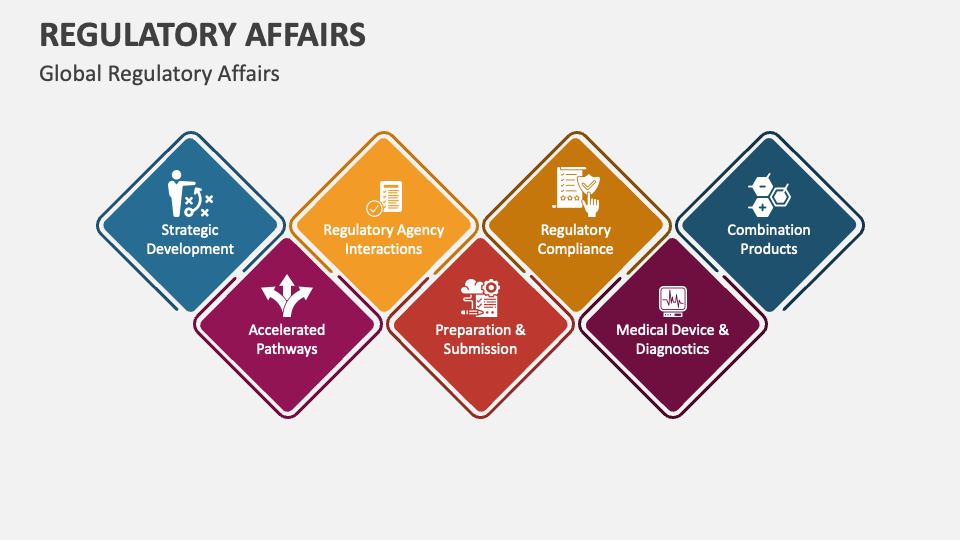
In an era where patient-centered care is increasingly recognized as essential, the role of patients in shaping regulatory policies has never been more significant. Regulatory affairs encompass a complex landscape where the approval, monitoring, and distribution of healthcare products are governed by strict guidelines and regulations. As stakeholders in their own health journey, patients bring unique perspectives and experiences that can inform and enhance these regulatory processes.
Patients have valuable insights into the effectiveness, safety, and accessibility of medical treatments and interventions. Their involvement in regulatory discussions not only helps ensure that policies are patient-focused but also fosters a system where patient needs and priorities are at the forefront of healthcare innovation. By actively participating in this realm, patients can advocate for changes that ultimately improve the quality of care and outcomes for themselves and others.
Patient Advocacy and Its Impact
Regulatory Affairs Certification
Patient advocacy plays a crucial role in shaping regulatory policies within the healthcare landscape. By representing the voices and experiences of individuals with various health conditions, advocacy groups can influence decision-makers to prioritize patient needs in regulatory affairs. These groups often gather data from patients about their experiences, treatment preferences, and desired outcomes, making this information invaluable for regulators who aim to enhance the safety and effectiveness of medical products.
Furthermore, patient advocates have the power to drive awareness around specific health issues, pushing for urgent regulatory changes where they are needed most. This heightened awareness can lead to increased funding for research, expedited approval processes for vital medications, and more transparency in regulatory practices. When regulatory bodies consult with patient advocates, they are more likely to develop policies that are practical, relevant, and responsive to the real-world needs of patients.
Moreover, patient participation extends beyond mere advocacy. Involving patients in regulatory decision-making often results in policies that are more aligned with the actual challenges faced by individuals managing chronic conditions or acute illnesses. By integrating insights from patients, regulatory affairs can evolve into a more collaborative framework where stakeholders, including healthcare professionals and pharmaceutical companies, work together to create a more patient-centered healthcare system.
Engaging Patients in Regulatory Processes
The involvement of patients in regulatory processes has become increasingly vital in ensuring that the needs and preferences of those affected by health policies are acknowledged. Regulatory Affairs professionals recognize that obtaining input from patients can lead to more relevant and effective regulations. Engaging patients can provide valuable insights into their experiences, expectations, and challenges with healthcare products and services. This dialogue not only enhances the credibility of regulatory frameworks but also fosters a more patient-centered approach in policy development.
One effective method for engaging patients is through the establishment of advisory committees, where patients can act as representatives. These committees can help shape guidelines, evaluate clinical trial protocols, and provide feedback on product labeling from a patient perspective. By incorporating diverse patient voices, regulatory bodies can better understand the real-world implications of their policies, which can lead to more effective health interventions. Such engagement ensures that regulations reflect the needs of those they are designed to protect and serve.
Moreover, leveraging technology and social media platforms can broaden the outreach and engagement with patient communities. Online surveys, forums, and social media campaigns can facilitate greater participation among patients who may not have been reached through traditional methods. By harnessing these tools, regulatory professionals can gather widespread input, facilitate discussions, and empower patients to take an active role in the regulatory process, ultimately leading to improved health outcomes and stronger regulatory policies.
Case Studies of Patient Influence
One illustrative example of patient influence in regulatory affairs is the advocacy surrounding the approval of a breakthrough cancer treatment. Patient-led organizations mobilized thousands of stories demonstrating the urgency for expedited access. They organized campaigns highlighting the challenges faced in accessing timely treatments, effectively pressuring regulatory bodies to prioritize the review process. This collective voice was instrumental in achieving an accelerated approval pathway, showcasing how patients can significantly shape regulatory outcomes by presenting real-world impacts of disease.
Another notable case involved the development of guidelines for rare diseases. Here, patients and their families played a crucial role in defining the clinical endpoints that matter most to them. By sharing their experiences and outcomes, patients provided valuable insights that challenged traditional regulatory metrics, leading to a more patient-centered approach in the approval process. This shift underscored the power of patient narratives in influencing the standards that regulators use to assess therapeutic efficacy.
In the realm of medical devices, a coalition of patients with diabetes worked together to advocate for improved monitoring technologies. They collaborated with regulatory agencies to share their experiences with existing devices, emphasizing the need for features that enhance usability and safety. Their persistent engagement led to significant changes in the design and regulatory requirements for new devices, demonstrating how patient input can direct regulatory policy, ultimately benefiting the entire patient community.